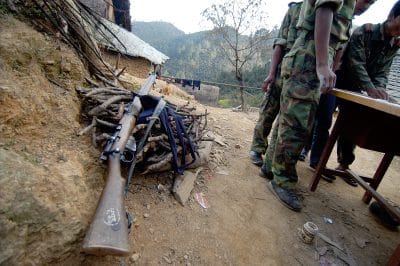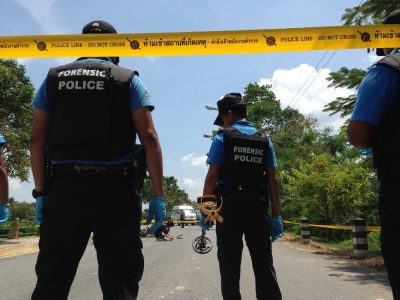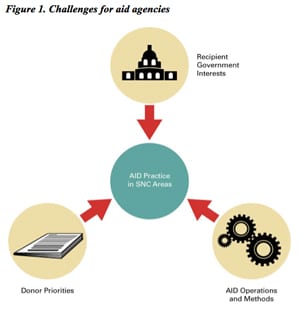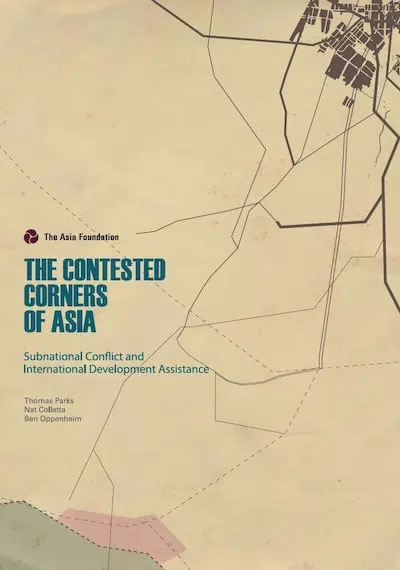Subnational Conflict
Conflict in the Indo-Pacific Region: Rising Risks and Local Solutions
Washington, DC, Wednesday, May 3, 2023
Events Post
With conflict risks on the rise across Asia and the Pacific and geopolitical tensions mounting, the region has witnessed rising authoritarianism and receding democratic norms in recent years. Numerous political leaders have looked to bypass checks and balances on power, while identity-based campaigning has fomented chauvinist violence. Adding to an… Read more
Podcast: Political Unrest Unsettles Myanmar’s Borderlands
July 21, 2021
Blog Post
When the Myanmar military reclaimed power in February after a decade of democratic government, it disrupted the delicate peace process with Myanmar’s ethnic armed organizations, and the situation is still unfolding.
Covid and Conflict in Myanmar’s Borderlands: A View from the Field
September 2, 2020
Blog Post
Already fractured by long and intractable conflicts, Myanmar’s border regions must now face the misery of Covid-19 amid continuing armed clashes and social services divided between the competing authority of the central government and ethnic armed organizations.
Addressing Conflict & Fragility in Asia
March 4, 2020
Publication
Violent conflict remains a critical ongoing concern that affects people across Asia as wars and insurgencies persist and new risks emerge. The Asia Foundation is addressing the root causes of violence through locally grounded and context-driven efforts to improve governance, targeted support for peacebuilding, conflict prevention initiatives, and c… Read more
Seven Takeaways on Asian Approaches to Conflict Prevention and Peacebuilding
June 20, 2018
Blog Post
Despite rapid economic growth, conflict has persisted in many parts of Asia. Peacebuilding efforts have often focused on the role that Western nations or multilateral bodies can play in supporting statebuilding to build peace. South-South cooperation emphasizes supporting peacebuilding efforts in partner countries by drawing on a country’s own relevant experience.
Breaking the Deadlocks to Peace in Southern Thailand
January 11, 2017
Blog Post
On August 12-14, 2016, as Thais were celebrating the long holiday marking the Queen’s birthday, a series of 13 coordinated explosions rocked several provinces in Thailand’s Upper South, including popular tourist spots in Hua Hin, leaving four people dead and 30 wounded, including 10 foreigners. Forensic evidence points to the opposition group known… Read more
Subnational Conflict: New Approaches Needed
August 13, 2014
Blog Post
In last week’s In Asia, I examined how the rise of Asia in recent decades has been accompanied by a growth in deadly subnational conflicts (SNCs). These conflicts are occurring across the continent, including in middle-income and otherwise stable states. Democratization has not been a cure. Asia’s subnational conflicts last twice as long as those elsewhere in the world.
The Contested Corners of Asia: Subnational Conflict and International Development Assistance
October 7, 2013
Publication
Subnational conflict is the most widespread, enduring, and deadly form of conflict in Asia. Over the past 20 years (1992-2012), there have been 26 subnational conflicts in South and Southeast Asia, affecting half of the countries in this region. Concerned about foreign interference, national governments limit external access to conflict areas by jo… Read more








